Cheesy rice is a comforting dish that combines the creamy richness of cheese with the hearty texture of rice. Whether you’re looking for a quick side dish or a main course, cheesy rice is versatile and satisfying. In this guide, we’ll cover everything from the basic recipe to advanced tips, variations, and common mistakes to avoid.
Ingredients for Cheesy Rice
To create a mouthwatering cheesy rice, you’ll need a selection of essential ingredients that combine to make a creamy, flavorful dish. Here’s what you’ll need:
- Rice: Choose between long-grain or short-grain rice based on your preference. Long-grain rice tends to be less sticky and is ideal for a fluffier texture, while short-grain rice is more starchy and yields a creamier result.
- Cheese: Opt for a cheese that melts well, such as sharp cheddar, Monterey Jack, or a blend of your favorites. The quality of cheese will greatly affect the creaminess and flavor of the dish.
- Milk: Use whole milk for a rich and creamy sauce. You can also substitute with 2% milk or a non-dairy alternative like almond milk if preferred.
- Butter: Adds a rich, buttery flavor to the cheese sauce and helps in creating a smooth texture.
- Salt and Pepper: Essential for seasoning, enhancing the overall flavor of the dish.
Optional ingredients can elevate your cheesy rice:
- Vegetables: Add nutrients and color with vegetables like broccoli, peas, or bell peppers. For a guide on incorporating vegetables into your cheesy rice, refer to Healthy Substitutions for Dairy Products.
- Meats: For a heartier meal, mix in cooked chicken, bacon, or sausage. These additions make the dish more filling and flavorful.
- Spices: Enhance the taste with spices like paprika, garlic powder, or chili flakes. Experiment with different spices to suit your taste preferences.
Basic Cheesy Rice Recipe
Follow this simple yet delicious recipe to make perfect cheesy rice:
- Cook the Rice: Start by preparing the rice according to the package instructions. You can use a rice cooker or a pot on the stovetop. For tips on achieving perfectly cooked rice, visit How to Cook Rice Perfectly Every Time.
- Prepare the Cheese Sauce: In a saucepan over medium heat, melt the butter until it is fully liquid. Gradually whisk in flour to create a roux, cooking until it forms a smooth paste. Slowly add milk, continuing to stir until the sauce thickens and becomes smooth. Mix in the cheese, stirring until it melts completely and is evenly incorporated into the sauce.
- Combine: Gently fold the cooked rice into the cheese sauce, ensuring that every grain is coated with the creamy mixture. Stir until the rice and sauce are thoroughly combined.
- Season: Taste the cheesy rice and adjust the seasoning with salt and pepper as needed. For extra flavor, consider adding a pinch of your favorite spices.
For more tips on selecting the best cheese for melting, check out The Science of Melting Cheese.
Variations of Cheesy Rice
Cheesy rice is incredibly versatile and can be customized to suit various tastes. Here are some creative variations to try:
- Classic Cheesy Rice: Stick with the traditional recipe using sharp cheddar cheese. This version is rich, creamy, and always a crowd-pleaser. The classic combination of cheddar and rice is a timeless comfort food.
- Mexican Cheesy Rice: Spice things up by adding ingredients like cumin, chili powder, and diced peppers. This variation brings a vibrant, zesty flavor to your cheesy rice. Consider adding black beans and corn for a complete Mexican-inspired dish.
- Vegetable Cheesy Rice: Incorporate nutritious vegetables like steamed broccoli, peas, or bell peppers. This variation adds color and extra nutrients to your meal. Try roasting the vegetables beforehand for added flavor.
- Meat Lover’s Cheesy Rice: For a hearty meal, add cooked chicken, bacon, or sausage. This version makes the dish more substantial and flavorful, perfect for a filling dinner. You can mix in shredded chicken or crumbled bacon for a satisfying meal.
Cooking Techniques for Perfect Cheesy Rice
Achieving the perfect cheesy rice involves several key techniques to ensure a smooth, creamy texture and flavorful result. Here’s how you can perfect your cooking process:
- Rice Preparation: The foundation of good cheesy rice starts with properly cooked rice. Use a rice cooker for consistent results or follow the package instructions if cooking on the stovetop. Ensure the rice is cooked until tender but still slightly firm to the bite. For more detailed instructions on cooking rice to perfection, check out How to Cook Rice Perfectly Every Time.
- Cheese Selection: The choice of cheese is crucial for the flavor and melting quality of your dish. Opt for cheeses known for their melting properties such as cheddar, Monterey Jack, or Gruyère. Combining different types of cheese can enhance the complexity of flavors and ensure a smooth melting process. For insights into the best cheeses for melting, visit The Science of Melting Cheese.
- Cooking Tips: When preparing the cheese sauce, cook over low to medium heat to prevent the sauce from burning or becoming grainy. Gradually add the cheese to the sauce, stirring continuously to achieve a uniform texture. If the sauce begins to separate, you can fix it by whisking in a small amount of milk or cream. For a thicker sauce, let it simmer gently but avoid boiling, which can cause separation.
Advanced Tips for Cheesy Rice
Elevate your cheesy rice with these advanced tips and techniques to achieve restaurant-quality results:
- Baking vs. Stovetop: Baking your cheesy rice can add a delightful crispy top layer that contrasts beautifully with the creamy interior. To bake, transfer the mixture to a greased baking dish and bake at 350°F (175°C) for about 20-25 minutes, or until the top is golden and bubbly. On the other hand, stovetop cooking is quicker and more convenient, allowing for immediate serving without extra steps.
- Using Leftovers: Leftover cheesy rice can be repurposed into various dishes. Transform it into a comforting casserole by mixing it with additional vegetables and proteins, then baking until heated through. Another option is to use it as a filling for stuffed peppers or a topping for baked dishes. For ideas on using leftovers creatively, consider exploring different recipes and techniques.
- Freezing and Reheating: To freeze cheesy rice, portion it into airtight containers and store in the freezer for up to three months. When reheating, add a splash of milk to restore creaminess. Reheat in the microwave or oven, ensuring it’s heated evenly. For best results, thaw in the refrigerator before reheating to maintain the texture and flavor.
Healthier Alternatives and Substitutions
If you’re looking for healthier options or need to accommodate dietary restrictions, consider these alternatives and substitutions for your cheesy rice:
- Lower-Fat Cheesy Rice: Reduce the fat content by using reduced-fat cheese or low-fat milk. Opt for dairy-free alternatives like almond or oat milk to further lower the calorie count while still achieving a creamy consistency. Experiment with different lower-fat cheeses to find the flavor and texture that best suit your needs.
- Gluten-Free Options: For a gluten-free version, substitute all-purpose flour in the cheese sauce with a gluten-free flour blend or cornstarch. This adjustment ensures that those with gluten sensitivities can enjoy the dish without compromising on texture or flavor. Make sure to check all ingredient labels to confirm they are gluten-free.
- Vegan Alternatives: To make a vegan version, use plant-based cheeses and non-dairy milk. Nutritional yeast can also be added to provide a cheesy flavor without dairy. Explore different vegan cheese options to find one that melts well and complements the rice.
Common Mistakes to Avoid
Making cheesy rice can seem straightforward, but there are several common mistakes that can affect the outcome. Here’s how to avoid them for the perfect dish every time:
- Too Much Cheese: While cheese is the star of the dish, overloading it can lead to a greasy and overly rich result. Balance is key—use the right amount of cheese to ensure a creamy texture without overwhelming the dish. If you prefer a cheesier flavor, try adding different types of cheese in moderation.
- Overcooking Rice: Rice that is overcooked becomes mushy and loses its texture. To avoid this, cook your rice according to the package instructions or use a rice cooker for consistent results. If you end up with overcooked rice, try using it in a casserole or soup where the texture will be less noticeable.
- Not Enough Flavor: Sometimes, cheesy rice can be bland if not properly seasoned. Enhance the flavor by using fresh herbs, spices, and seasoning blends. Don’t forget to taste and adjust seasoning throughout the cooking process to ensure the right balance of flavors.
- Separating Cheese Sauce: If your cheese sauce separates or curdles, it’s often due to high heat or too much cheese added too quickly. Keep the heat low and add cheese gradually, stirring constantly. If the sauce does separate, whisk in a little more milk or cream to bring it back together.
- Skipping the Roux: A roux (a mixture of butter and flour) is essential for thickening the cheese sauce. Skipping this step can result in a thin and runny sauce. For a guide on creating a perfect roux, you can refer to various cooking resources that detail this technique.
By being mindful of these common pitfalls, you can ensure that your cheesy rice turns out creamy, flavorful, and perfectly textured.
FAQs
How do I make cheesy rice creamy without using heavy cream?
You can achieve a creamy texture without heavy cream by using whole milk combined with a roux. The roux, made from butter and flour, thickens the milk and helps create a rich, smooth sauce. For more tips on achieving a creamy consistency, explore different sauce techniques.
Can I use brown rice instead of white rice for this recipe?
Yes, brown rice can be used as a healthier alternative to white rice. Brown rice adds a nuttier flavor and additional fiber to the dish. Just be aware that it may require a slightly longer cooking time and more liquid. For a guide on cooking brown rice, check out various cooking resources.
What is the best cheese for making cheesy rice?
The best cheese for making cheesy rice is one that melts well, such as cheddar, Monterey Jack, or Gruyère. Each of these cheeses offers a different flavor profile and melting quality. Combining cheeses can also enhance the overall taste and texture. For more information on cheese selection, see The Science of Melting Cheese.
Can I prepare cheesy rice in advance?
Yes, you can prepare cheesy rice in advance. Store it in an airtight container in the refrigerator for up to 3 days. Reheat in the microwave or oven, adding a splash of milk if needed to restore creaminess. For tips on reheating and storage, explore various food storage resources.
How do I prevent the cheese from separating in the rice?
To prevent the cheese from separating, cook the cheese sauce over low to medium heat and avoid boiling. Add cheese gradually and stir continuously to ensure it melts evenly. If separation occurs, whisk in a small amount of milk or cream to smooth out the sauce.
Conclusion
In conclusion, cheesy rice is a versatile and comforting dish that can be tailored to suit a wide range of tastes and dietary needs. Whether you’re preparing a classic version or experimenting with creative variations, following the right techniques and avoiding common mistakes will help you achieve the perfect result. From ensuring the ideal cheese sauce consistency to incorporating healthy alternatives, this guide provides you with all the tools you need to make a delicious and satisfying cheesy rice dish.
Feel free to explore and experiment with different ingredients and methods to make the dish uniquely yours. Share your experiences and variations with friends and family to spread the joy of cheesy rice. Enjoy every creamy, cheesy bite, and happy cooking!

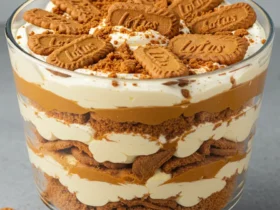
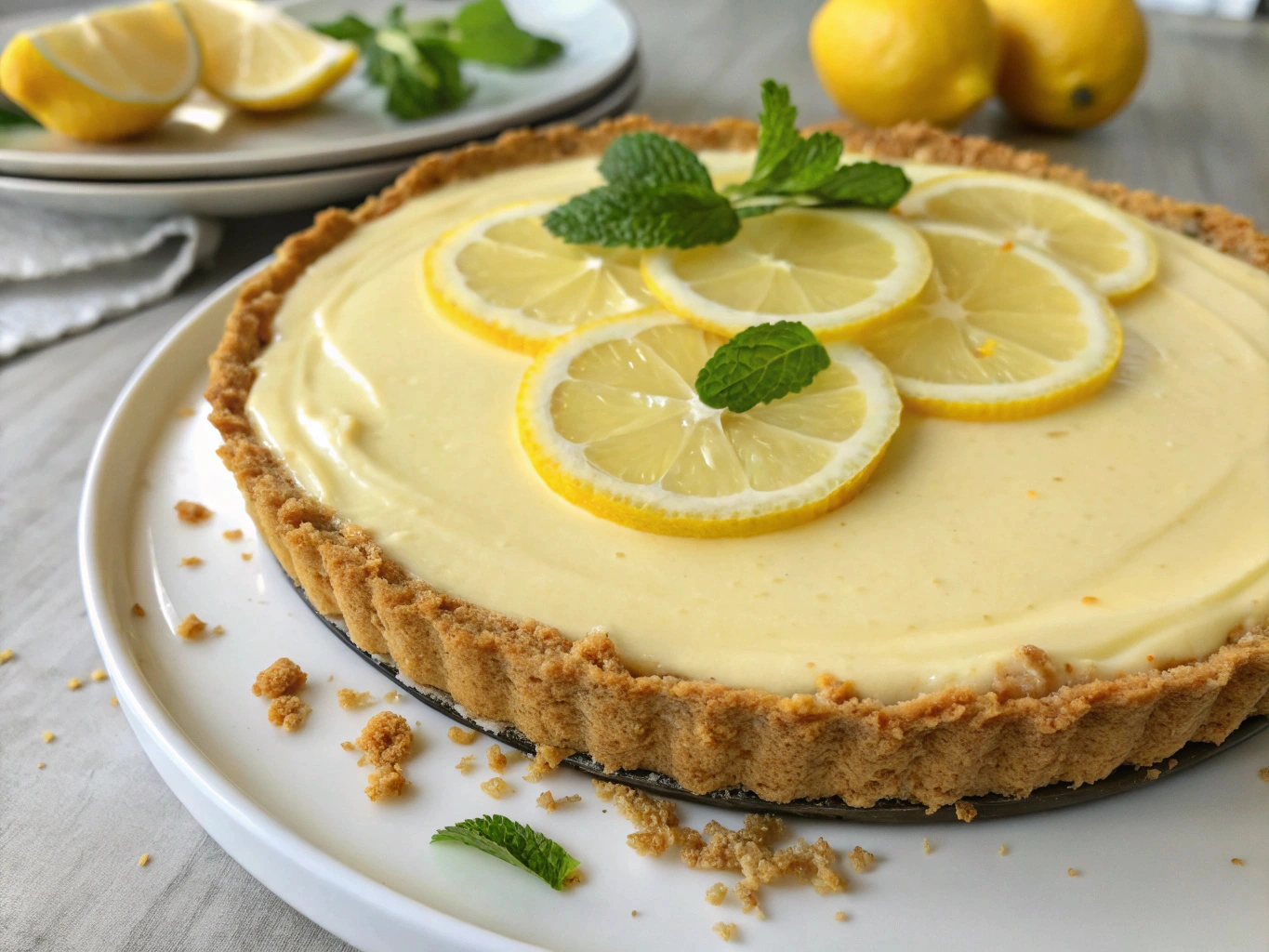
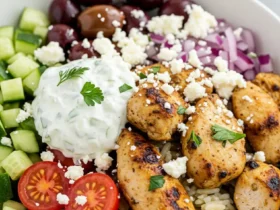
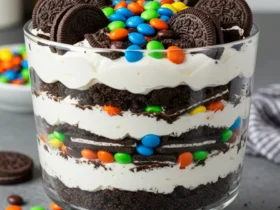
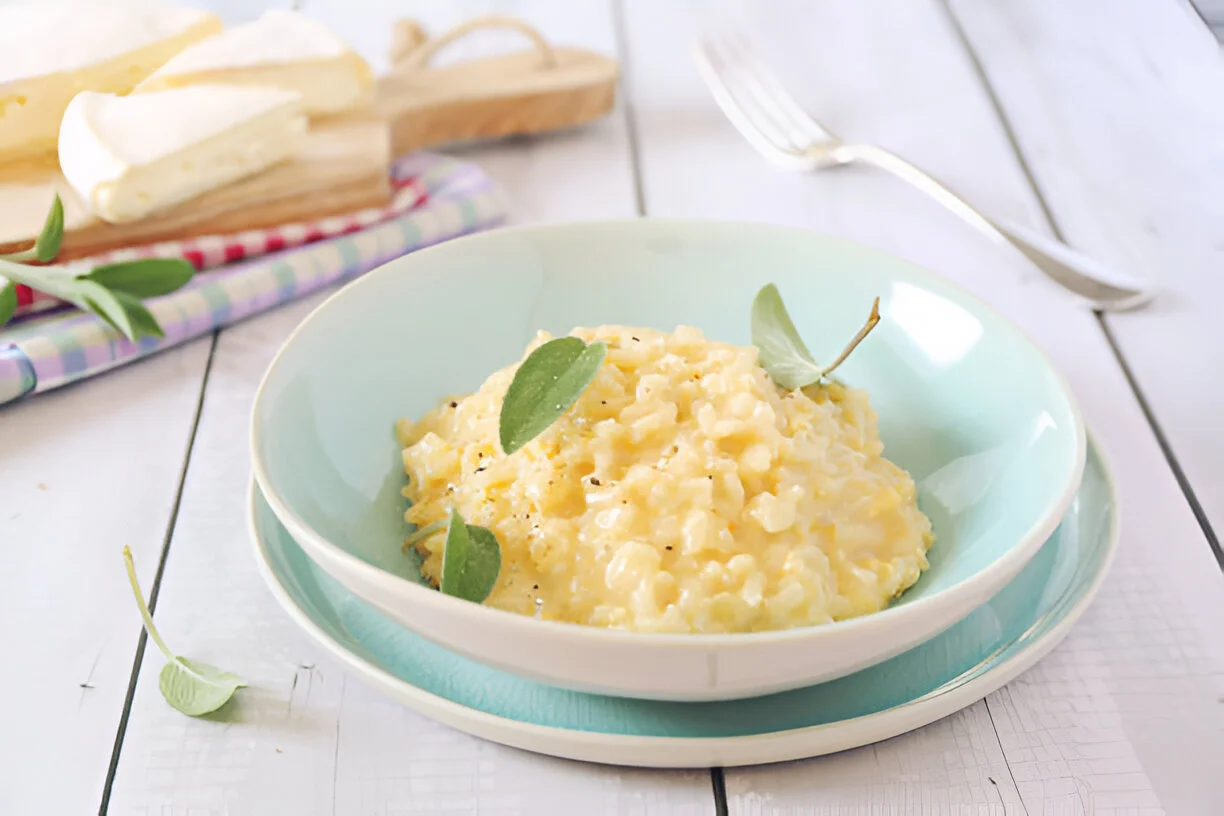
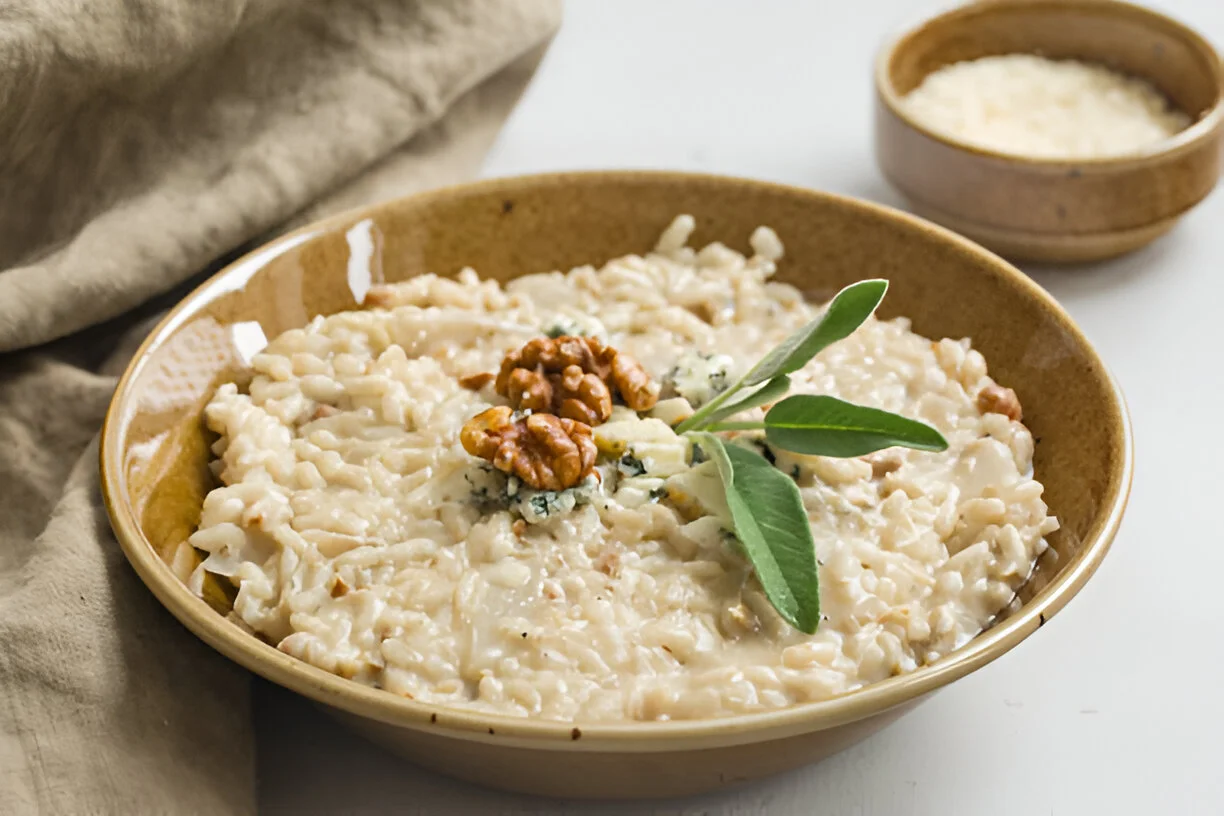

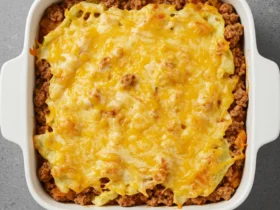
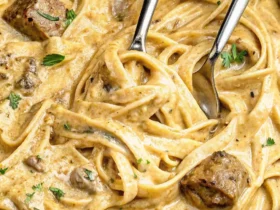
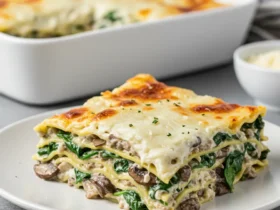
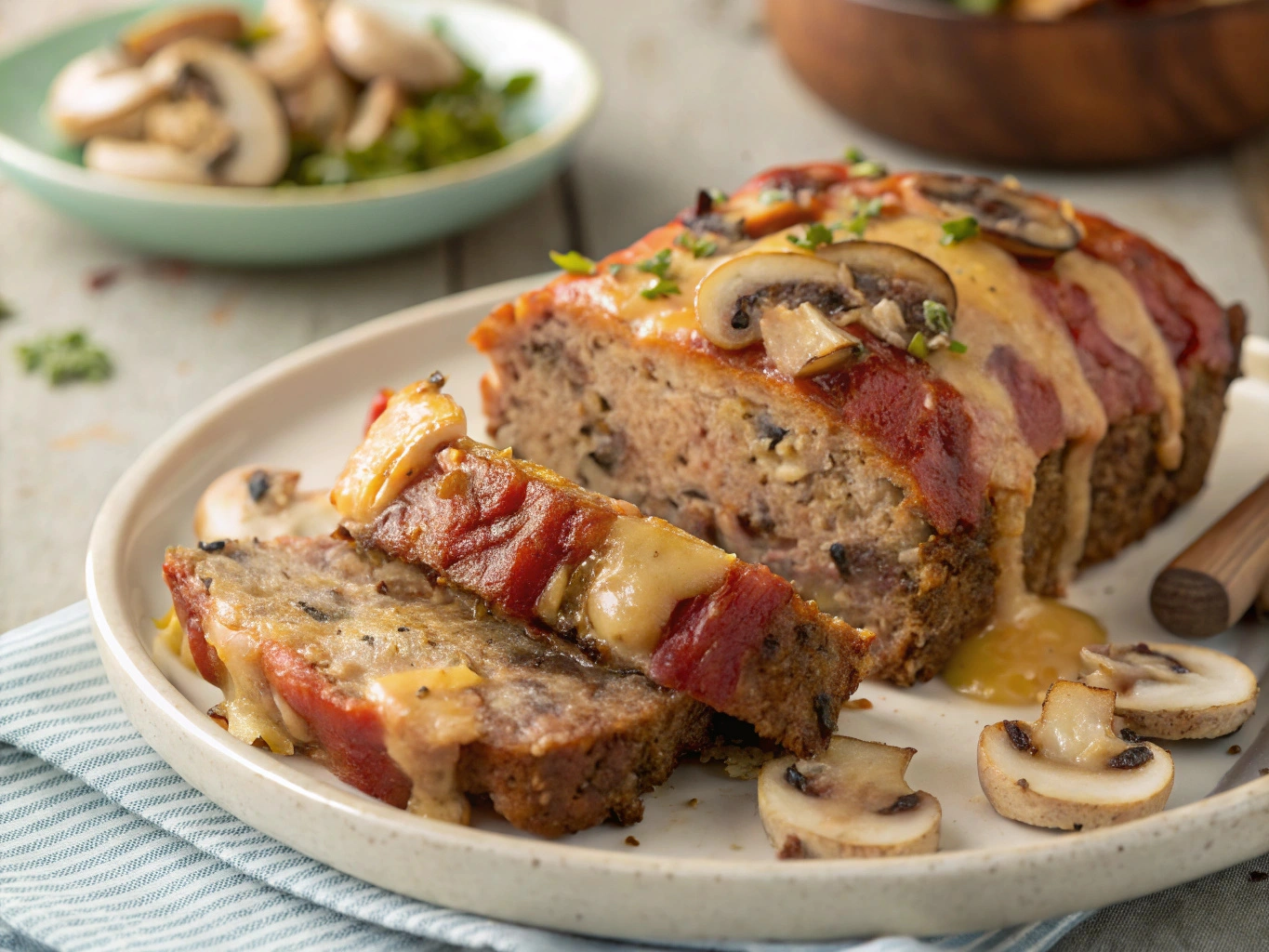
Leave a Reply